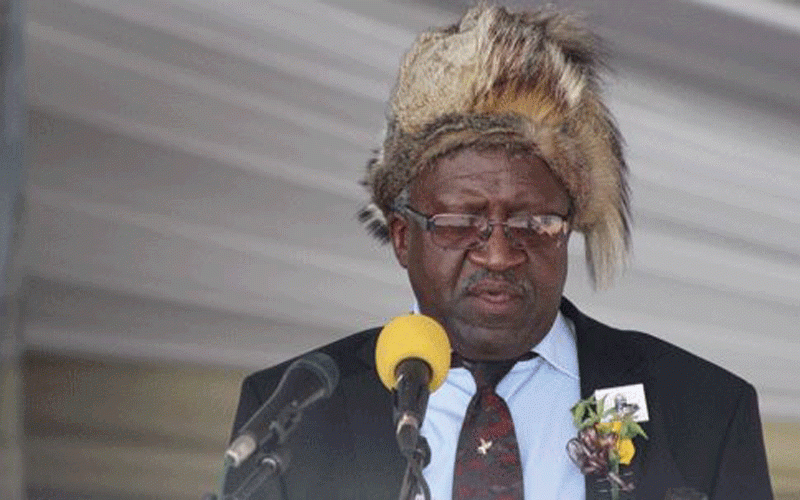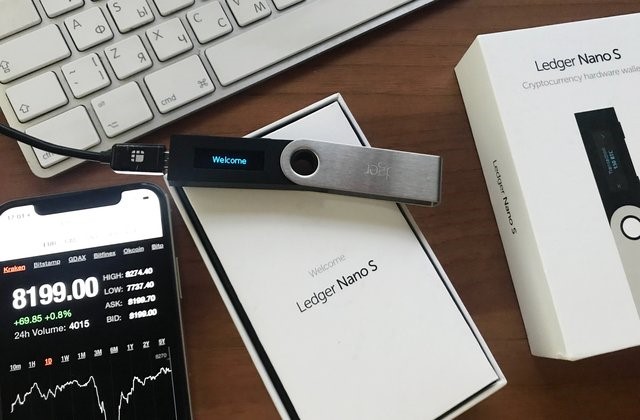
STATE-OWNED mobile operator, NetOne is targeting a staggering US$225 million in revenue this year, driven by a strategic rollout of innovative products and services.
NetOne's Chief Commercial Officer, Learnmore Musunda, stated that the company is anticipating an upward trend in revenue this year.
Mobile operators have for years complained that they are unable to charge cost effective tariffs resulting in subdued revenue potential.
Reaching US$225 million comes at a time when the country’s largest mobile operator, Econet Wireless Zimbabwe, posted revenue equivalent to US$992,43 million in its financial year ended February 29, 2024.
“Like what my boss (NetOne chief executive officer) has alluded earlier, we are targeting US$1 billion revenue by 2028. Currently, our target for this year is US$225 million, so that’s 2025. And then, we are talking about US$1 billion business by 2028, so we just have got two years to breach that gap,” Musunda told NewsDay Business.
“The roll out of new products will accelerate our growth in terms of revenue collection and also improve our user base and as a result we are able to march towards the US$1 billion touchline that we are targeting by 2028.”
He said the rollout of new products would accelerate NetOne’s growth in terms of revenue collection and improve its user base.
NetOne’s growth prospects are also driven by the growing demand for mobile services in Zimbabwe as the country’s mobile penetration rate remains relatively low.
- Mboweni mentors emerging entrepreneurs, calls for integrity in business
- Mboweni mentors emerging entrepreneurs, calls for integrity in business
- Zim tycoons elevate offspring to key roles
- Zim tycoons elevate offspring to key roles
Keep Reading
NetOne chief executive officer Raphael Mushanawani said the firm was also taking a position to grow its data revenue.
But, as stated earlier, the firm faces stiff competition from Starlink which has better internet speeds at more affordable costs.
The internet services firm recently rolled out a beat version of its mobile Direct-to-Cell system, which provides ubiquitous connectivity and seamless access to text, voice, and data for long-term evolution/4 Generation (G) phones and devices across the globe.
Starlink will slowly be rolling out the new product globally over the next few months.
“We want to grow our data revenue; we also want to grow the data traffic. So, we are not only going to be looking at voice, but we are actually looking at 5G, 4G, the speeds of data using the lowbit satellites technology to do that,” Mushanawani said.
“I know we are about 30% of the market share in terms of data, so we want to grow 5% by the end of the year.”
Last year, NetOne laid the foundation to turn over US$1 billion annually by 2028, even as it battles to access capital, as the operator had located pockets of opportunities to power this ambitious turnaround effort.
The US$1 billion represents a massive rise in revenue, from a projected US$160 million this year.
Mushanawani said growth would revolve around a surge in demand for data as the market evolved, but that this would require a pullback of “legacy technologies” and firing up 4G capabilities.










